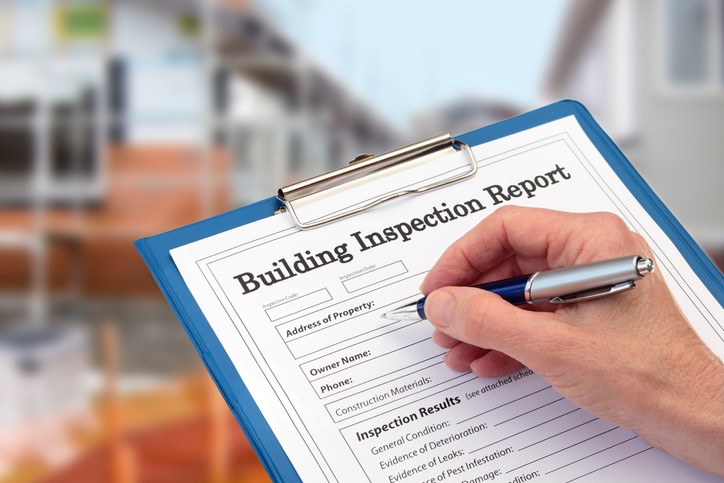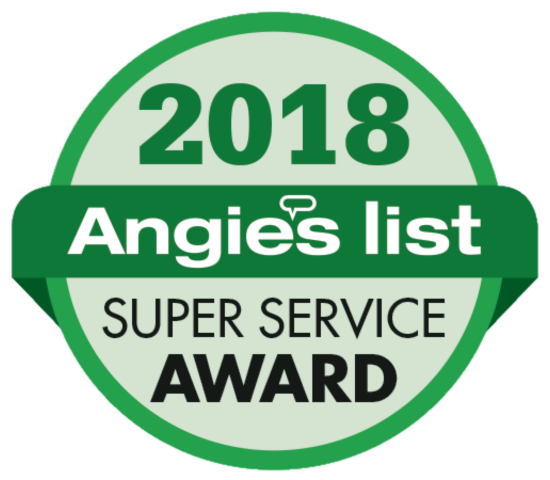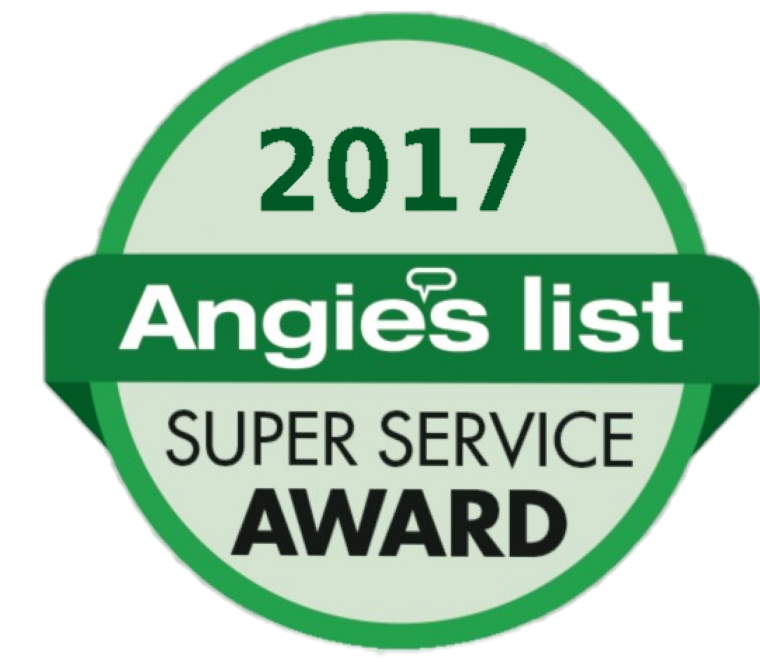Home inspections are probably one of the most important things to do either prior to buying or as an element of annual maintenance. This article will incorporate various general tips to highlight the basics of a home inspection, along with a bit of insight on just what home and apartment owners or tenants can do. Just like going in for an yearly checkup, dwelling spaces do need to be kept up for the duration of their lifetime.
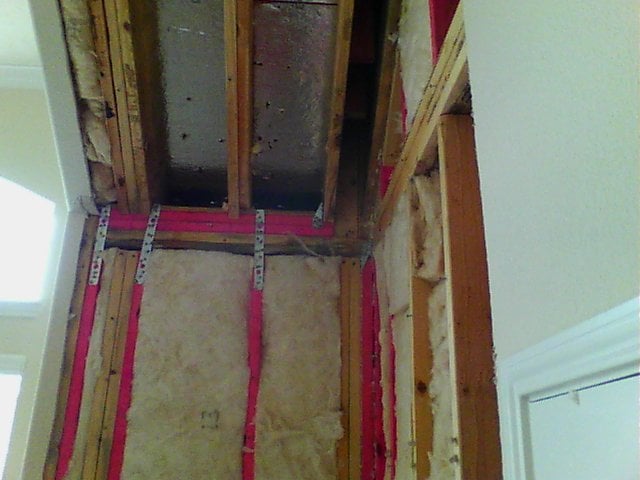
Most brokers or real estate professionals can require a home inspection to be performed previous to finalizing the mortgage or moving in. If codes or infractions are found out of date those problems should be repaired usually by a certified technician or contractor just to make sure that the home is safe and comfortable to live inside. It could practically be the same as having an x-ray done verses an MRI.
Choose Your Own Home Inspector
There are many companies that may accompany the broker or real estate agent of the house that is about to be bought. However, anyone is nonetheless free to choose whomever they have the most interest in, normally the cheapest. Yes, they actually cost, some quite a bit based upon on how thorough the inspection needs to be completed, but most tend to be very reasonable. Do your due diligence and don’t be afraid to Choose Your Own Home Inspector.
Another factor to account for when arranging the inspection is ensuring both sides are on site; the inspector as well as the buyer. The Realtor or representative does not necessarily need to be present either, but if each parties are included it may possibly lead to a lower negotiated price for the home.
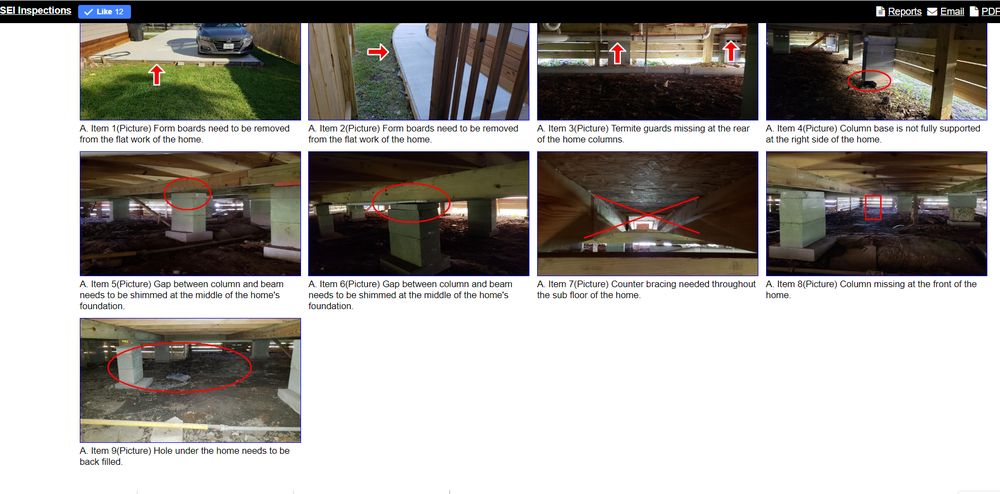
Inspections For Preventative Maintenance
Performing an inspection itself as per annual upkeep and inspections for preventative maintenance is just as beneficial. Naturally, while residing in the home or condo you would know whether anything requires fixing or work. It still may not be a bad idea for tenants to do the same, even though apartments rentals as well as homes are still checked prior to and shortly after renters have vacated or moved in. If leasing, they may need to have a phone call or a office visit, but for those who run the property, they would have to call in services for estimates or do the work independently.
Typically the initial area to start is the exterior by walking around the perimeter or the building, unit or structure. The proper concept of this stage is move slow, look for fractures on the foundation, clogged vents, busted or broken drains (if any) and ultimately the overall structure of the house. Is it tilting, ants, termites, are there base boards or components of the skirting missing, issues such as that.
Next would be to go inside. From here the inspector or homeowner or perhaps renter won’t be looking to see if it needs remodeling. These type of inspections will require you to run water in the sinks, look for leakage in the drainage pipes, filling up the bathroom tub making sure it keeps water and that the over flow drains work. Some states or counties may require certain kinds of electrical outlets that have to be used.
Then finally, the final locations can be the most awful but usually make or break the house, the basement as well as the roof. Some homes have crawl spaces, but as long as the baseboards or skirting on the exterior have been installed properly, there shouldn’t be any worries about crawling into spiders and such insects.
